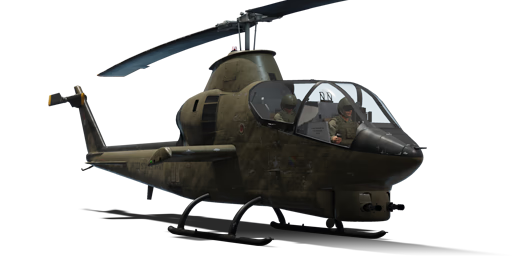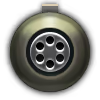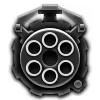


The Bell AH-1G HueyCobra was the first variant of the Bell AH-1 Cobra attack helicopter. Bell had been researching helicopter gunships since the late 1950s, and had created a mockup design mounting fixed guns and turrets, as well as stub wings for ordnance hardpoints, onto a sleeker model of their proven UH-1 Iroquois utility helicopter. The US Army showed initial interest and requested a proof-of-concept, for which Bell equipped their Model 47 light helicopter with stub wings and gun turret. However, this was determined to be too small and underpowered, resulting in the launch of the Advanced Aerial Fire Support System (AAFSS) competition in 1964, to which Bell was not invited. However, as the Vietnam War advanced to 1965, attacks on US soldiers became more prevalent, while the AAFSS program had become bogged down in technical difficulties and political disputes. The necessity for a new gunship became obvious, and the US Army approached five different companies with their desire for an urgent interim solution.
Meanwhile, Bell had been independently designing a new prototype attack helicopter, Model 209, largely resembling the original mockup based on the UH-1. Much of the aircrafts' major components were shared, on the assumption that the Army were likely to prefer a design that could be produced by modifying existing inventory. The first test flight on 7 September 1965 was met with particular interest from officials, and while other companies also submitted armed variants of their existing helicopters, Bell was awarded the production contract in April 1966. Mass production of the new helicopter, now designated AH-1G Cobra, began with little adjustment from the original Model 209 prototype with an initial batch of 110 aircraft, rapidly increasing to 500 Cobras by the end of the year.
Introduced in Update 1.81 "The Valkyries", the AH-1G is the first helicopter available in the US helicopter tech tree. Being a dedicated attack helicopter, it is much more agile compared to its ancestor, the Bell UH-1 Iroquois. Offensive weaponry is mainly limited to unguided FFAR Mighty Mouse rockets. This, coupled with the fact that the AH-1G lacks a ballistic computer, means that hitting targets from long distances will prove difficult. Furthermore, the AH-1G lacks access to any forms of anti-tank guided missiles (ATGMs), so engagement with enemy ground forces will always require the player to fly the AH-1G into the battlefield. This greatly increases the vulnerability of the AH-1G to attacks from enemy SPAA, so careful planning is required.
| Belt | Belt filling | Armor penetration (mm) at a distance: | |||||
|---|---|---|---|---|---|---|---|
| 10 m | 100 m | 500 m | 1000 m | 1500 m | 2000 m | ||
| AP/AP/AP/AP/AP/AP/T | 13 | 12 | 7 | 3 | 2 | 0 | |
| Belt | Belt filling | Armor penetration (mm) at a distance: | |||||
|---|---|---|---|---|---|---|---|
| 10 m | 100 m | 500 m | 1000 m | 1500 m | 2000 m | ||
| HEATGR | 51 | 51 | 51 | 51 | 51 | 51 | |
| Name | Weight | Slot | ||||
|---|---|---|---|---|---|---|
| 7 × | 93.3 kg |  |  |  |  | |
| 19 × | 233.8 kg |  |  |  |  | |
| 126.9 kg |  |  | ||||
| 344.9 kg |  | |||||












Flight performance |
|---|
Survivability |
|---|
Weaponry | ||
|---|---|---|